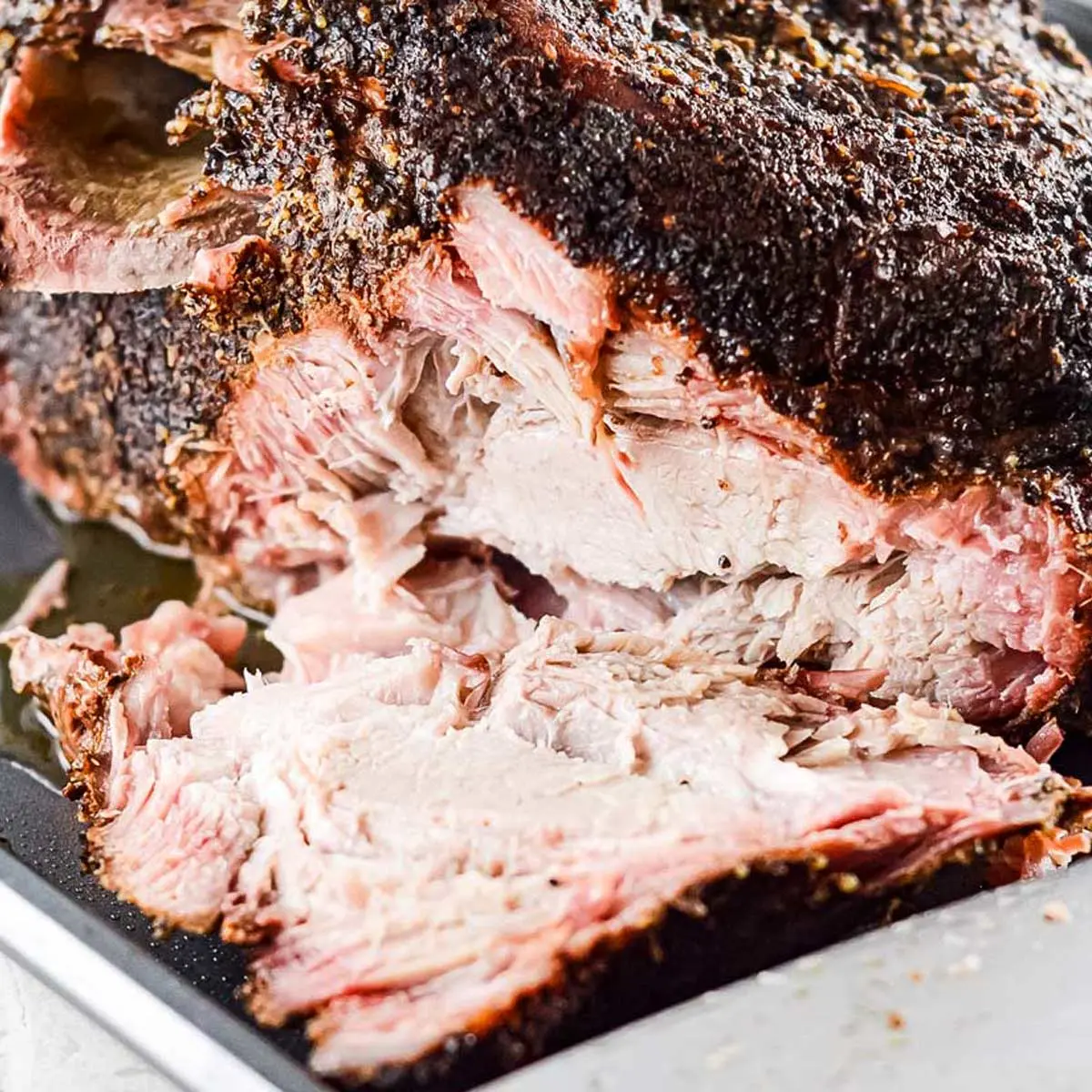Smoked pork shoulder, also known as pork butt or Boston butt, is a delicious and versatile cut of meat that is perfect for slow cooking. Whether you want to make pulled pork sandwiches, carnitas, or just enjoy a tender and flavorful piece of meat, cooking a smoked pork shoulder is a great way to go. In this article, we will guide you through the process of cooking a smoked pork shoulder to perfection.
Choosing the Right Pork Shoulder
When it comes to cooking a smoked pork shoulder, choosing the right cut of meat is essential. Look for a pork shoulder that has a good amount of fat marbling throughout the meat. This fat will help keep the meat moist and add flavor during the cooking process. Additionally, make sure the pork shoulder is bone-in as the bone will also contribute to the overall flavor.
Preparing the Pork Shoulder
Before you start cooking, it's important to properly prepare the pork shoulder. Begin by removing any excess fat from the surface of the meat. Leave a thin layer of fat to help keep the meat moist. Next, season the pork shoulder generously with your favorite dry rub. A combination of salt, pepper, paprika, garlic powder, and brown sugar works well for enhancing the flavor of the meat.
Once seasoned, wrap the pork shoulder tightly in plastic wrap and refrigerate it for at least 12 hours, or overnight. This will allow the flavors to penetrate the meat and result in a more flavorful end product.
Cooking the Smoked Pork Shoulder
There are several methods you can use to cook a smoked pork shoulder, but the most popular and effective method is low and slow. This means cooking the meat at a low temperature for a long period of time. This allows the fat to render and the collagen to break down, resulting in a tender and juicy pork shoulder.
Preheat your smoker to a temperature of around 225°F (107°C). If you don't have a smoker, you can also use a charcoal or gas grill set up for indirect heat. Place the pork shoulder on the smoker grates or grill grates, making sure to position it fat side up. This will allow the fat to baste the meat as it cooks.
Cook the pork shoulder for approximately 5 to 2 hours per pound, or until the internal temperature reaches 195°F (90°C). This can take anywhere from 10 to 14 hours, depending on the size of the pork shoulder.
- Can I cook a smoked pork shoulder in the oven? Yes, you can cook a smoked pork shoulder in the oven. Preheat your oven to 225°F (107°C) and follow the same cooking instructions as for a smoker or grill.
- Do I need to wrap the pork shoulder in foil? Wrapping the pork shoulder in foil during the cooking process can help speed up the cooking time and keep the meat moist. This is known as the texas crutch method.
- How do I know when the pork shoulder is done? The pork shoulder is done when it reaches an internal temperature of 195°F (90°C) and the meat is tender enough to be easily pulled apart with a fork.
Resting and Serving the Smoked Pork Shoulder
Once the pork shoulder reaches the desired temperature, remove it from the smoker or grill and let it rest for at least 30 minutes. This allows the juices to redistribute throughout the meat, resulting in a more tender and flavorful end product.
After resting, use two forks or your hands to shred the meat. Serve the smoked pork shoulder on buns with your favorite barbecue sauce and coleslaw for a classic pulled pork sandwich. Alternatively, use the meat in tacos, burritos, or any other dish that calls for tender and flavorful pork.

Now that you know how to cook a smoked pork shoulder, it's time to gather your ingredients and get cooking. Enjoy the process and savor the delicious results of your labor!
If you want to know other articles similar to How to cook a smoked pork shoulder: a perfect guide you can visit the Cooking category.


Related Articles